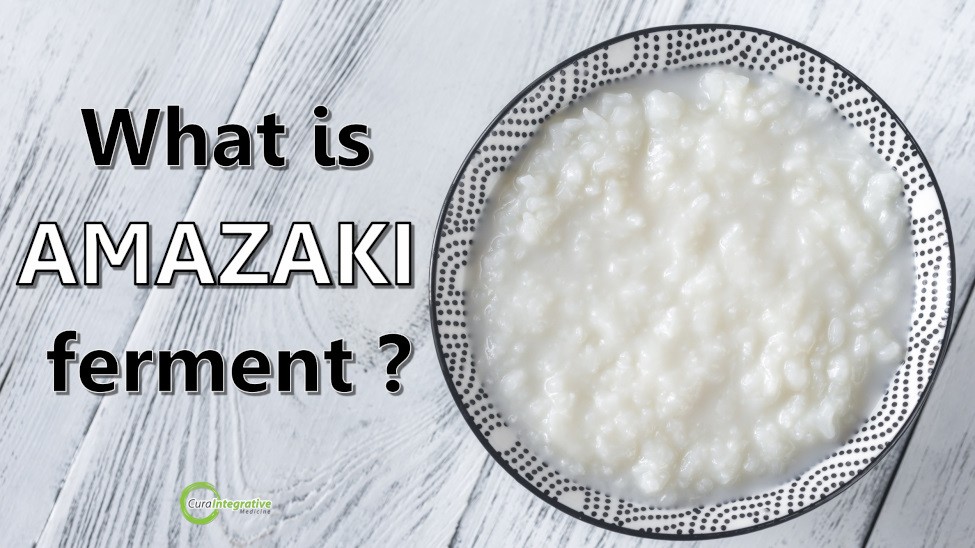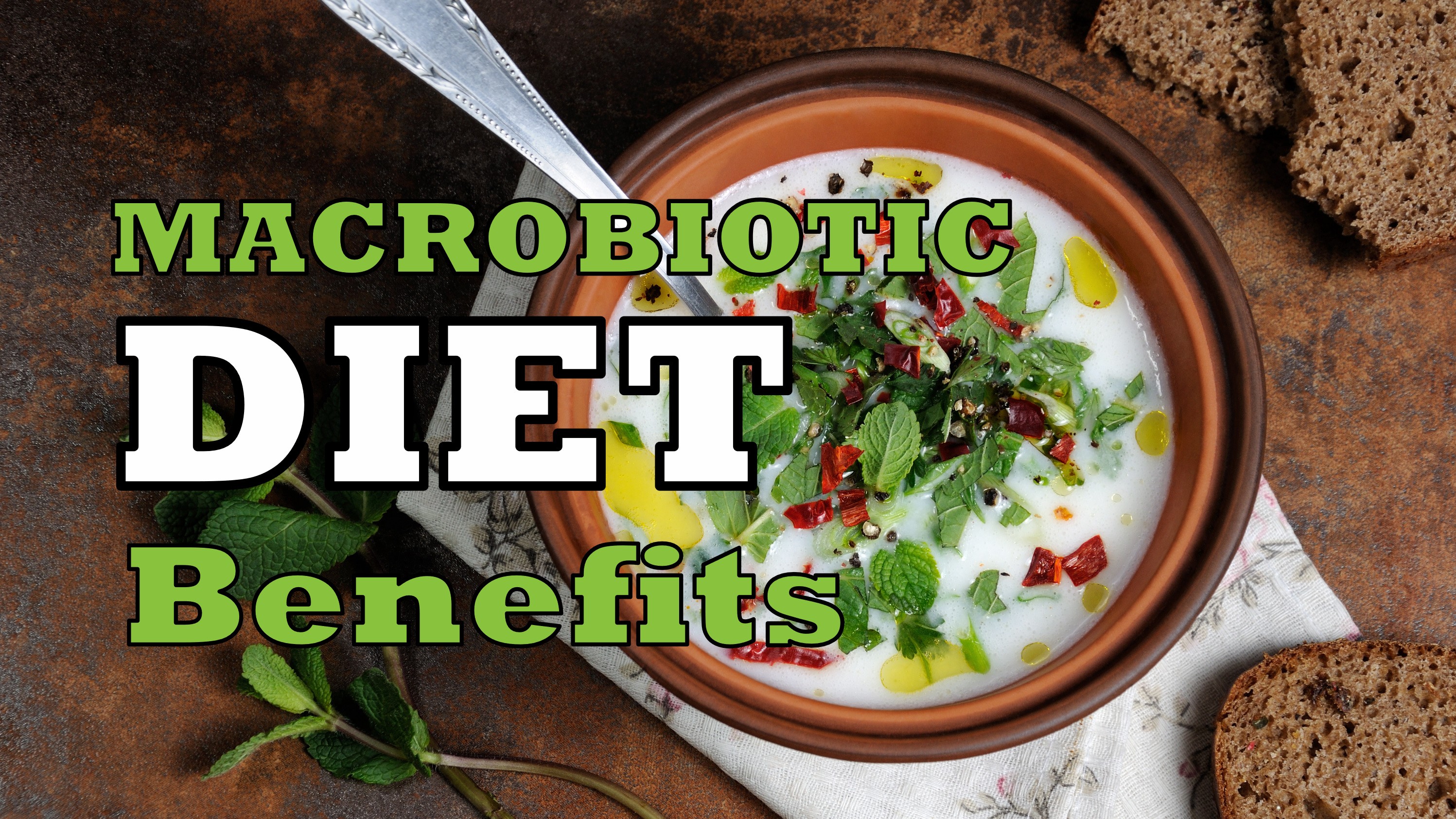Koji is a less known superfood found in a variety of macrobiotic foods. Containing Aspergillus oryzae, koji is used to make foods such as miso, amazaki and tamari. Read More…

Reflux Not Always Too Much Acid
Posted 4 Jul '18
The requirement for nutrients of the human body is constant from conception, through adult life. Sadly, its ability to digest and absorb these vital nutrients properly declines as we age. The most common cause is the reduced hydrochloric acid, or HCl, in the stomach. It is the gastric secretion that is responsible for breaking down proteins, activating hormones and enzymes, shielding against bacteria overpopulation in the gut.
The most common types are achlorhydria which is when there is no stomach acid at all, and the hypochlorhydia, when the stomach acid produced is very low.
Functions of HCl in the Digestion
Digestion is a complicated body function which begins as food begins its journey from the mouth, gets processed and brought down to the stomach, and then through the intestines. While within the stomach, gastric secretions are released including HCl, pepsinogen, and a protective mucus coating. HCl and pepsin is needed for healthy digestion. Normal HCl levels is enough to maintain the acidity of the stomach to be between 1 pH and 2 pH.
Digestion and Absorption
During digestion and absorption, HCl increases accordingly for it to:
- Begin the digestion of protein by converting pepsinogen into pepsin — the proteolytic enzyme. Pepsin then breaks proteins into tinier peptides so that the small intestine can easily absorb it. If the gastric secretions were inadequate, macromolecules that have not been digested completely can be absorbed into the circulation.
- Support the digestion and absorption of carbs, fats, vitamin A, and vitamin E by releasing pancreatic enzymes and bile into the small intestine.
- Absorb and assimilate other vitamins and minerals including folic acid, ascorbic acid, beta-carotene, and iron, as they get released from food. When stomach acid is low, these minerals and micro-trace elements are poorly absorbed.
Guard against pathogens
Aside from helping with the break down of nutrients, HCl also keeps the environment within the stomach sterile by shielding it from ingested pathogens and bacteria or fungi from the small intestine. A common pathogen, the escherichia coli, or the E. coli as it is commonly known, becomes inactive when stomach acid levels are high, ranging from 1.5 pH to 4.0 pH.
Microorganisms invade the colon rapidly when stomach acidity is low, leading to colonization and overgrowth of bacteria within the stomach and the intestines. One of the major cause of gastritis, gastric ulcers, gastric carcinoma, and B-cell gastric lymphoma — the H. pylori, or the Helicobacter pylori — is strongly correlated with the stomach acidity being too low.
Signs and symptoms
Most patients who have low stomach acidity experience a desire to eat even when not hungry a few hours after eating, the feeling of being full after meals, passing gas, and having constipation and diarrhea. Some experience soreness or burning of the mouth. Symptoms include:
- Indigestion
- Bloating
- Heartburn
- Burping
- Upset stomach
- Flatulence
- Diarrhea
- Brittle and weak fingernails
- Dilated capillaries on the cheeks and nose, for non-alcoholics
- Iron and other mineral deficiencies
- Chronic intestinal infections
- Undigested food in stool
Some chronic health conditions are correlated with the reduced acid secretion:
- Asthma
- Food allergies
- Eczema
- Hair loss
- Multiple sclerosis
- Rheumatoid arthritis
- Addison’s disease
- Coeliac disease
- Chronic autoimmune disorders
- Diabetes
- Gall bladder disease
- Gastritis
- Gallstones
- Gastric cancer
- Hepatitis
- Lupus
- Osteoporosis
- Psoriasis
- Pernicious anemia
- Vitiligo
- Urticaria
- Ulcerative colitis
- Thyrotoxicosis
- Pernicious anemia
Heartburn
Chest pains can be due to varying conditions, and one of them is heartburn. As the name suggests, it is the burning sensation in the chest, due to the regurgitaiton of bile into the lower esophagus. It is the most common symptom of low stomach acids. Traditionally, gastric acid is suppressed by taking antacids or alkalizers in order to treat heartnburn. However, it is the opposite of what should be done. In many cases, it even worsens the problem by suppressing the acidity instead of increasing and promoting it.
Natural Relief
There are different approaches in order to increase stomach acidity, and in turn relieve the symptoms associated with achlorhydria and hypochlorhydria, keeping the acid secretion and digestion of food healthy:
Apple cider vinegar — used for centuries for various uses in foods and cleaning, this is a simple one to introduce. Sometimes it may aggravate your stomach if you have some gastritis but almost always it will help improve reflux with time.
Pepsin — administered to assist digestion, in conjuction with HCl.
Peppermint — has antibacterial and gastric-acid-promoting effects that aids in the processes of digestion. It is able to fight gas, promote the flow of bile, and heal the stomach and liver. It has spasmolytic properties that decreases the tone of the lower esophagus sphincter, making the escape of air easier, thereby relieving the discomfort caused by spasms in the upper digestive tract.
Gentian — the bitter principles of its dried root has been used to aid in digestion for centuries. The Gentiana lutea roots has also been used to treat skin tumors when applied topically, and treat fever and diarrhea, when ingested. It has the most bitter substances known, the glycosides gentiopicrin and amarogentin, that acts by stimulating the secretion of saliva in the mouth and hydrochloric acid in the stomach as the taste buds taste the bitter substances.





